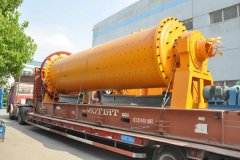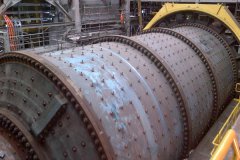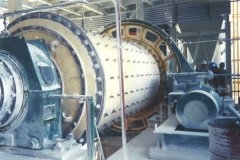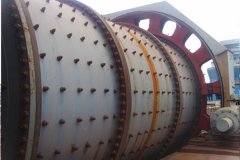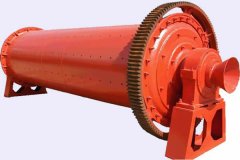what is ball mill?
A ball mill is a type of grinding mill used to grind and blend materials for use in mineral processing, ceramics, paints, and pyrotechnics. The basic idea of a ball mill is to turn the coarse feed material and the grinding media into fine powder by rotating the mill in a horizontal or vertical axis. The material to be ground is loaded into the drum, along with a certain amount of grinding media (usually steel balls), and the drum is rotated to create cascading effects, causing the grinding media to grind the material into fine particles.
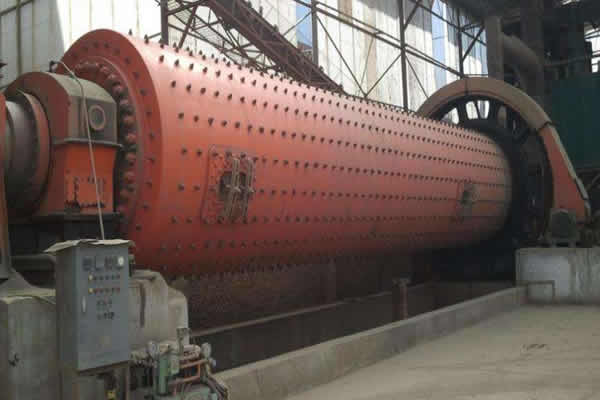
Here are key features and aspects of a ball mill:
1. Drum: The ball mill consists of a hollow cylindrical drum or tube, which is horizontally or vertically rotated on its axis. The length of the drum can be different based on the application and the size of the mill.
2. Loading and Discharging: The material to be ground, known as the feed, is loaded into the drum along with the grinding media. As the drum rotates, the material and the grinding media are lifted up and then dropped down, causing the grinding action. The ground material is discharged from the mill.
3. Grinding Media: Typically, steel balls are used as grinding media in a ball mill. The size and type of the grinding media can vary based on the material being ground and the fineness of the final product.
4. Rotation Speed: The speed at which the ball mill rotates influences the grinding efficiency. Higher rotation speeds result in more cascading and grinding action but may also lead to excessive wear on the grinding media and liners.
5. Size Reduction: The primary purpose of a ball mill is to reduce the size of the particles in the material being ground. The degree of size reduction depends on several factors, including the residence time in the mill, the size and type of the grinding media, and the rotation speed.
6. Applications: Ball mills are widely used in various industries for grinding and blending materials. Common applications include mineral processing (e.g., grinding ores), ceramics, paints, and the production of other materials like chemicals and food products.
7. Continuous and Batch Operation: Ball mills can operate in a continuous or batch mode. Continuous mills are typically used for large-scale industrial applications, while batch mills are suitable for smaller-scale operations or laboratory use.
8. Control and Monitoring: Modern ball mills often come equipped with controls and monitoring systems to optimize the grinding process, control the mill speed, and monitor parameters such as temperature and pressure.
Ball mills are versatile and widely used in various industries due to their ability to grind and blend materials effectively. They play a crucial role in the comminution process, where the goal is to reduce the size of particles to achieve the desired product characteristics.
Company:Xinxiang Tongjia Industrial Equipment Technology Co., Ltd.
Phone:086+18568631888
Email:info@aballmill.com
WhatsApp:086+15138925611

